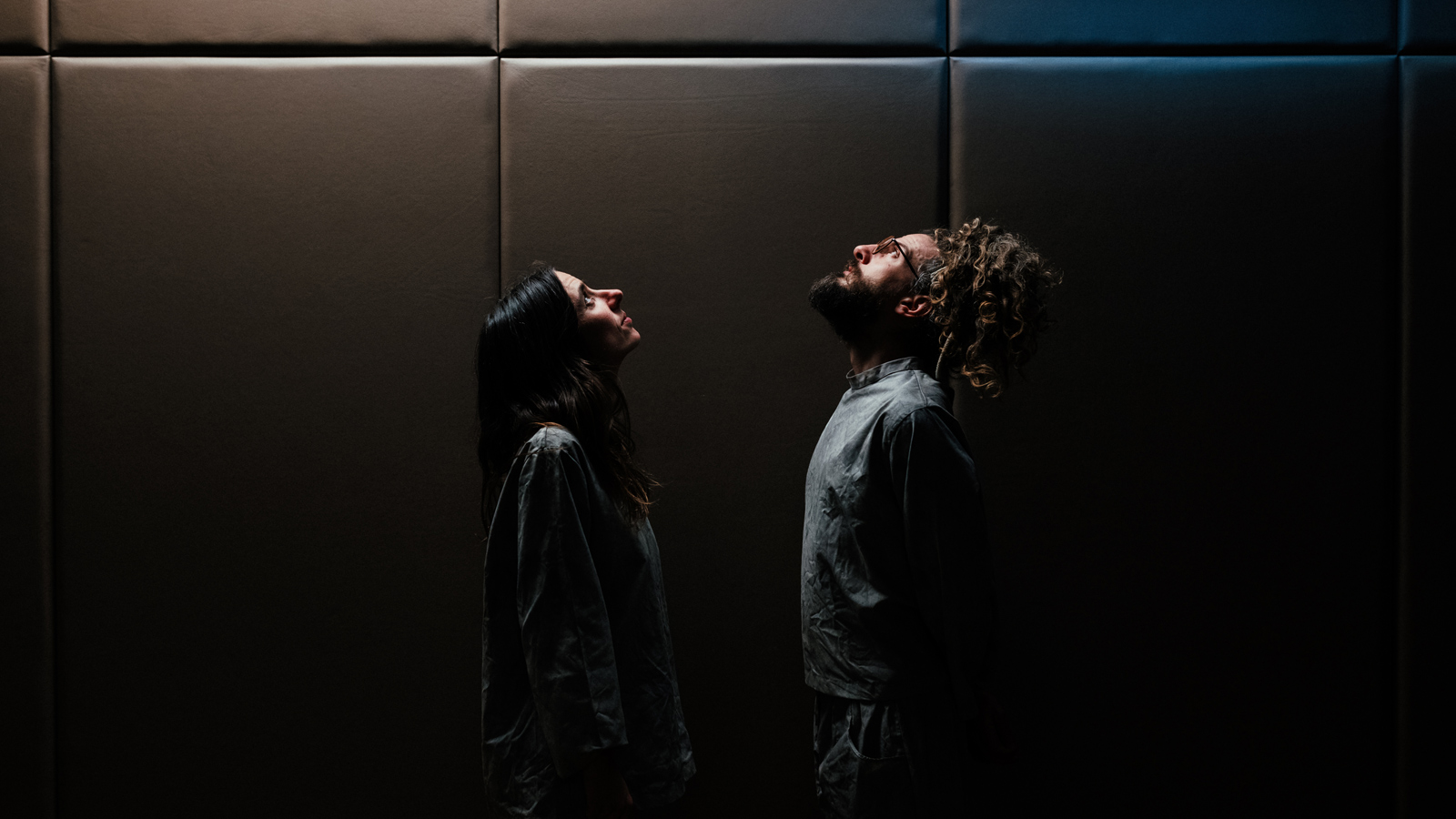Coletivo Landra: ‘Institutions are always shaped by the vision of what society is’
How did the artist duo Landra come about?
Sara Rodrigues: Rodrigo and I met in London, in 2013, and we have worked together on various projects since then. We also continued to work individually on our own artistic projects – in Rodrigo’s case, relating to music, and in mine, the fine arts – and brought these practices to the point where they intersect, in performance, installations, etc.
Studying the area of art and ecology in greater depth, we eventually realised that it made sense to return to Portugal, to get some land and do some practical work. In London, we also did a course on permaculture and then specialised in soil microbiology, so that we could carry out soil analyses. From there, our research started to focus much more on the earth and analytical ecology.
Rodrigo Camacho: In northern Portugal and many regions of the northwest Iberian Peninsula, Landra means ‘acorn’. The word is still used in Galicia and in some places in northern Portugal, Alto Minho and the Gerês area.
When we went to the place we now call Landra, which used to be known as Quinta do Carvalhal (Oak Grove Farm), in Cabeceiras, we discovered, in the first few months, that the acorns were edible. We were studying César Lema Costas’ book – ‘Manual de cocina bellotera para la era post petrolera’ [Acorn cooking manual for the post-petrol era] – and we realised that acorns are far more useful than just a source of animal fodder, and we began to focus more on the idea of self-sufficiency, from a more localised, more regional point of view, with notions of what might be possible in the place we were in. From that point on, people started to call us Landra, because we are from Landra; the artists of Landra, and we accepted that name as our name; the name of the collective; the name of the place.
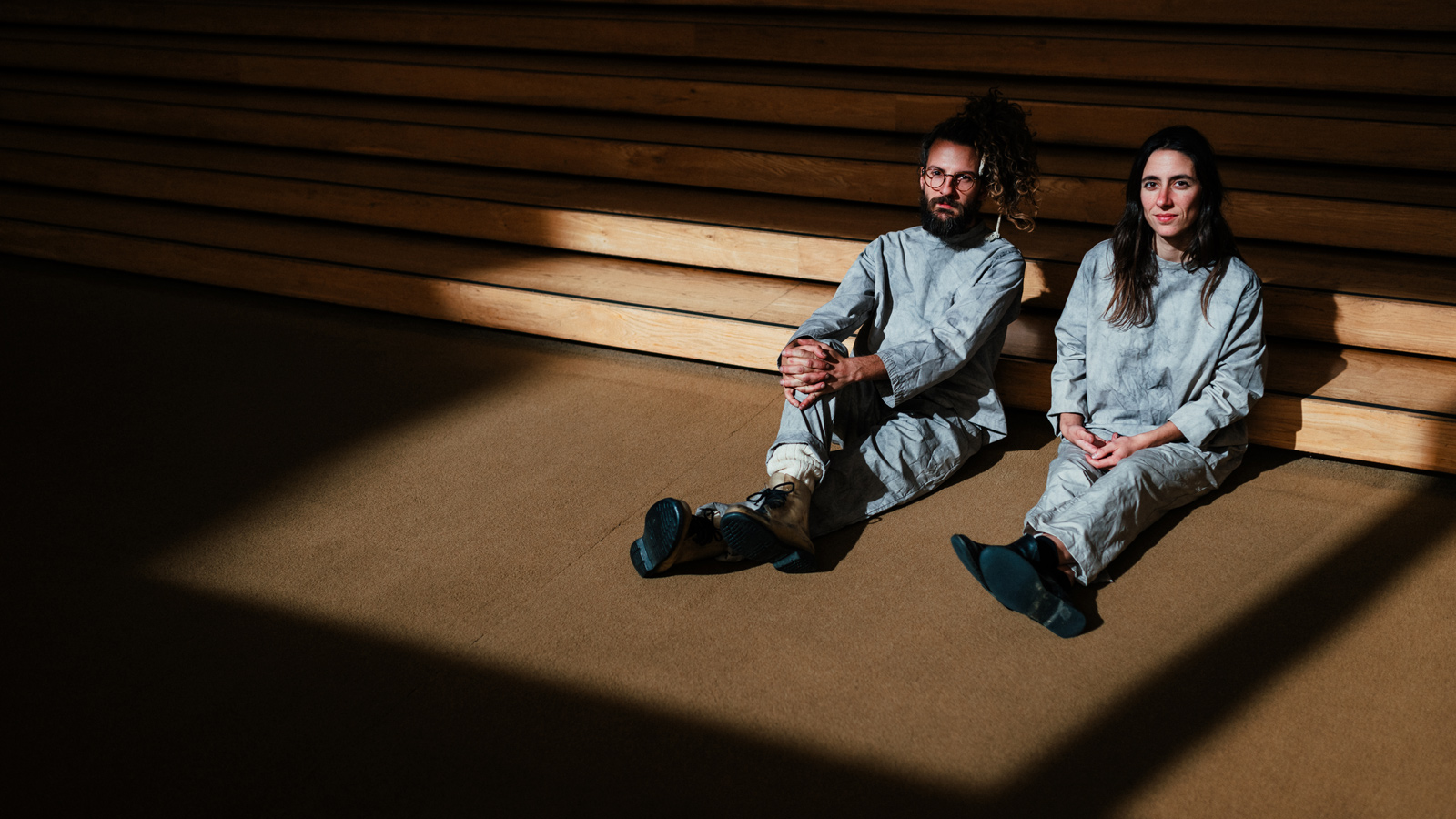
To what extent is the culture of the northwest Iberian Peninsula present in your projects?
S: The acorn has become a very important symbol. Acorns can actually be found all over the Iberian Peninsula, and in most of the northern hemisphere, but they have been of particular importance to Celtic cultures since the days of Antiquity. And, in the northwest, we have lots of ‘Quercus robur’ and the forest that surrounds us. We are right in the middle of a oak grove, at the foot of a valley, and so the ‘Quercus robur’ has become very significant to us, as a symbol of autonomy and people’s self-sufficiency, which was starting to be forgotten.
It’s the same with the name – landra – we use the generic name acorn, but landra was the regional term and its significance is very much related to subsistence, where people could use the forest resources; use the environment they come from and live in, with respect.
R: Yes, it’s a culture that remains very much alive in northwestern Iberia, despite industrialisation, particularly in the coastal and semi-interior areas. There is still a belief that the forest is necessary and its level of biodiversity matters. It might not be the most recent institutional culture, or rather, it isn’t the ‘modus operandi’ among policy-makers, for example, and that’s why there’s so much eucalyptus planting in northern Galicia. But it is part of the culture of the people who live in rural areas this notion that the forest is necessary and that’s where we get the majority of our resources, most importantly water. The idea that water, which is crucial to running a smallholding in the Minho region, is something that comes from the forest is a belief that remains unshaken. And there’s always a lot of protest when measures are implemented that go against the forest.
We take on board these notions that the forest is necessary and important, and it has an extremely deep symbolic and cultural value in our works, both in terms of discourse and on a practical level. When we produce menus, when we carry out microscopic analysis, we are always clearly stating that what the ecological succession is trying to do is take all the biomes to the forest. That’s why we are so ‘silvicentric’. In our practical and philosophical work, we’re really incorporating the culture of that region.
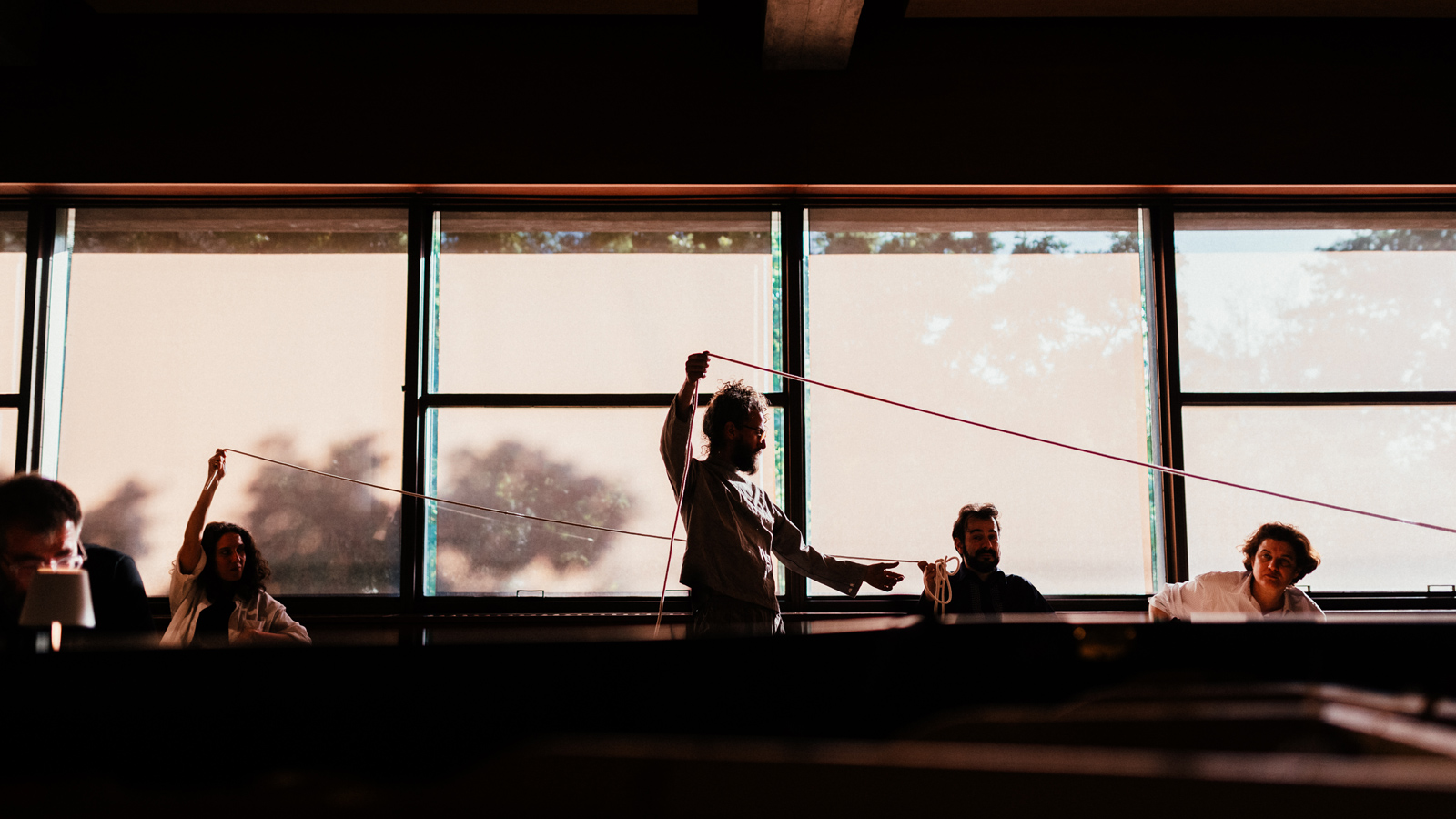
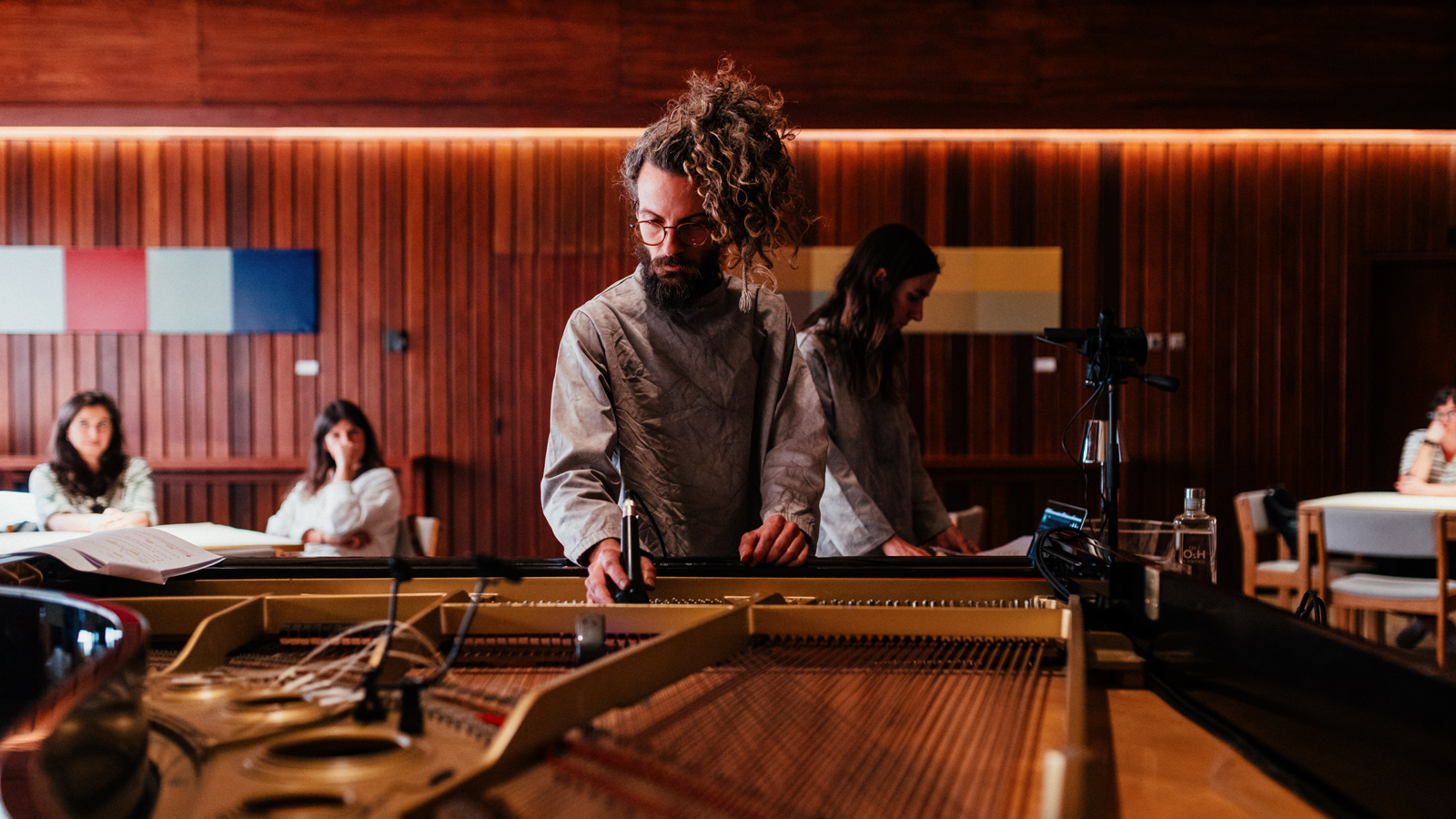
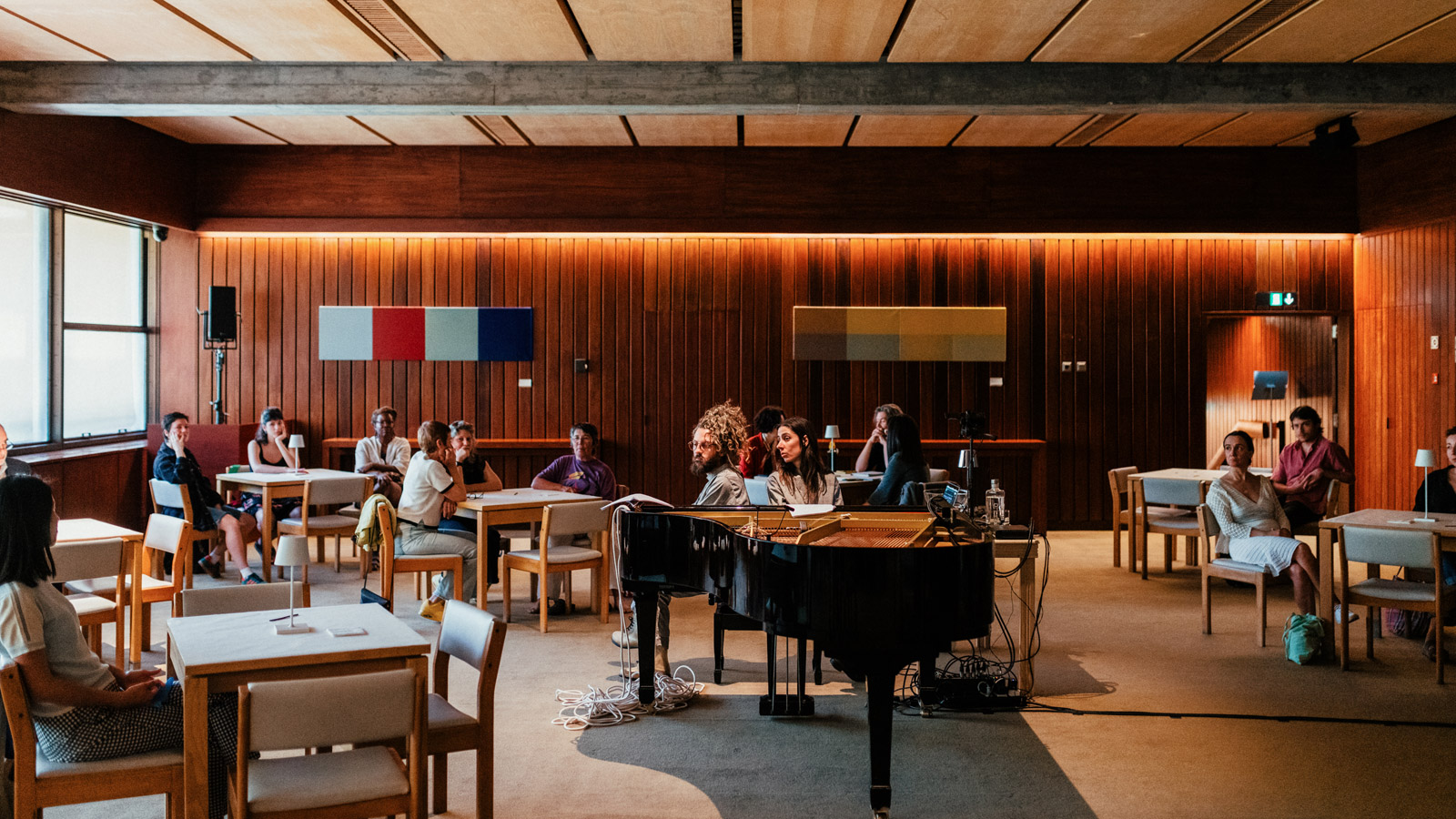
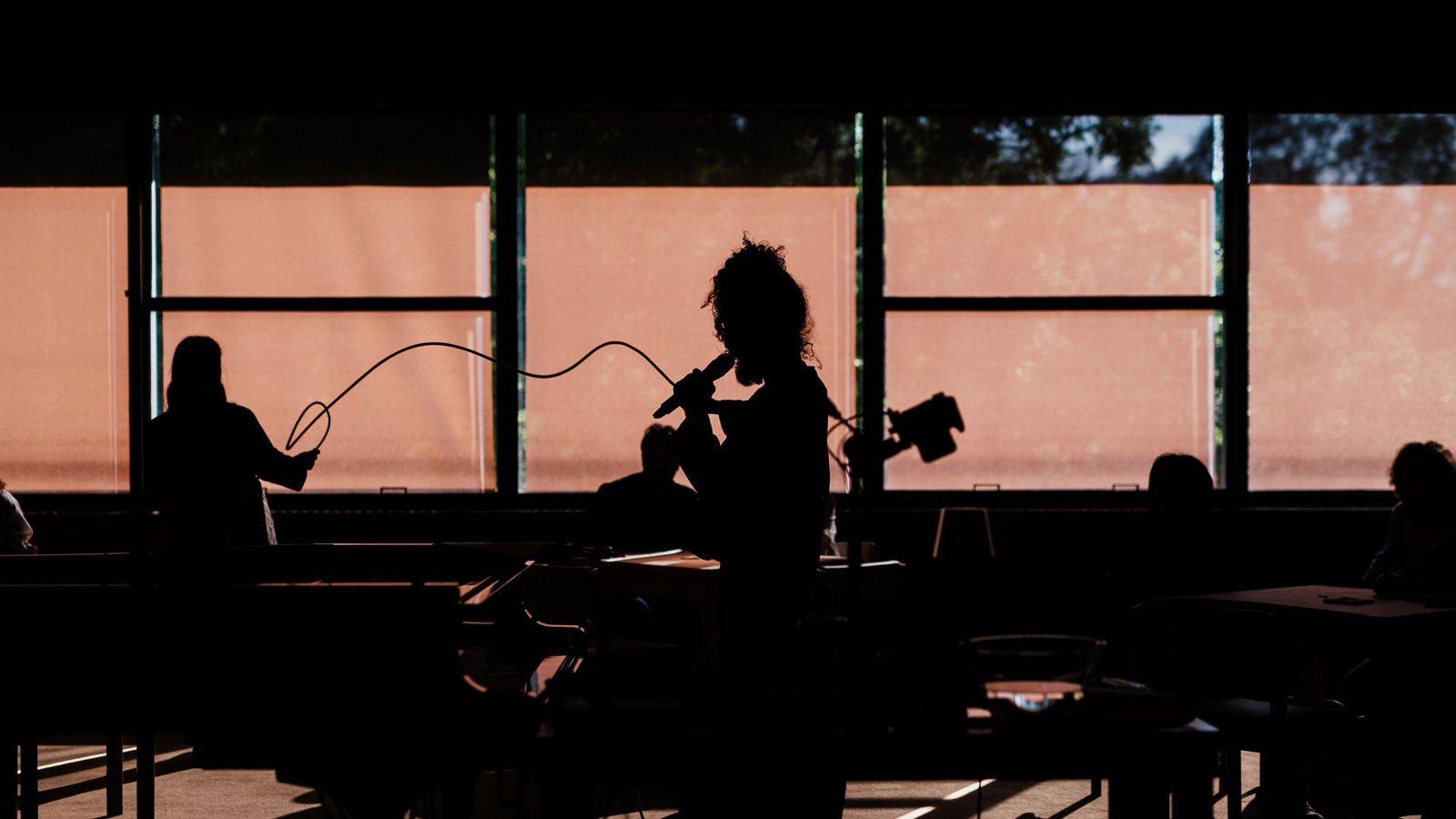




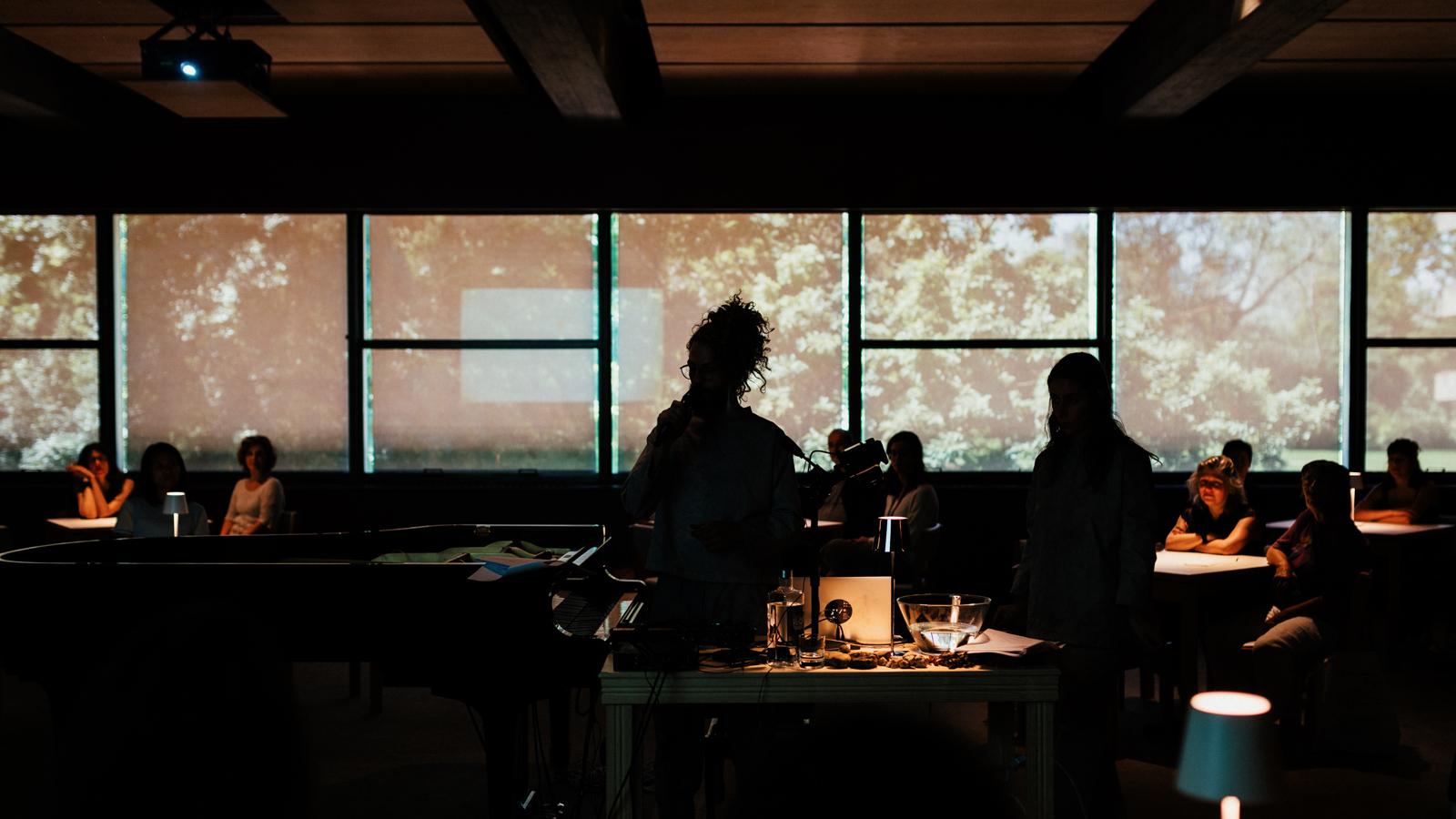
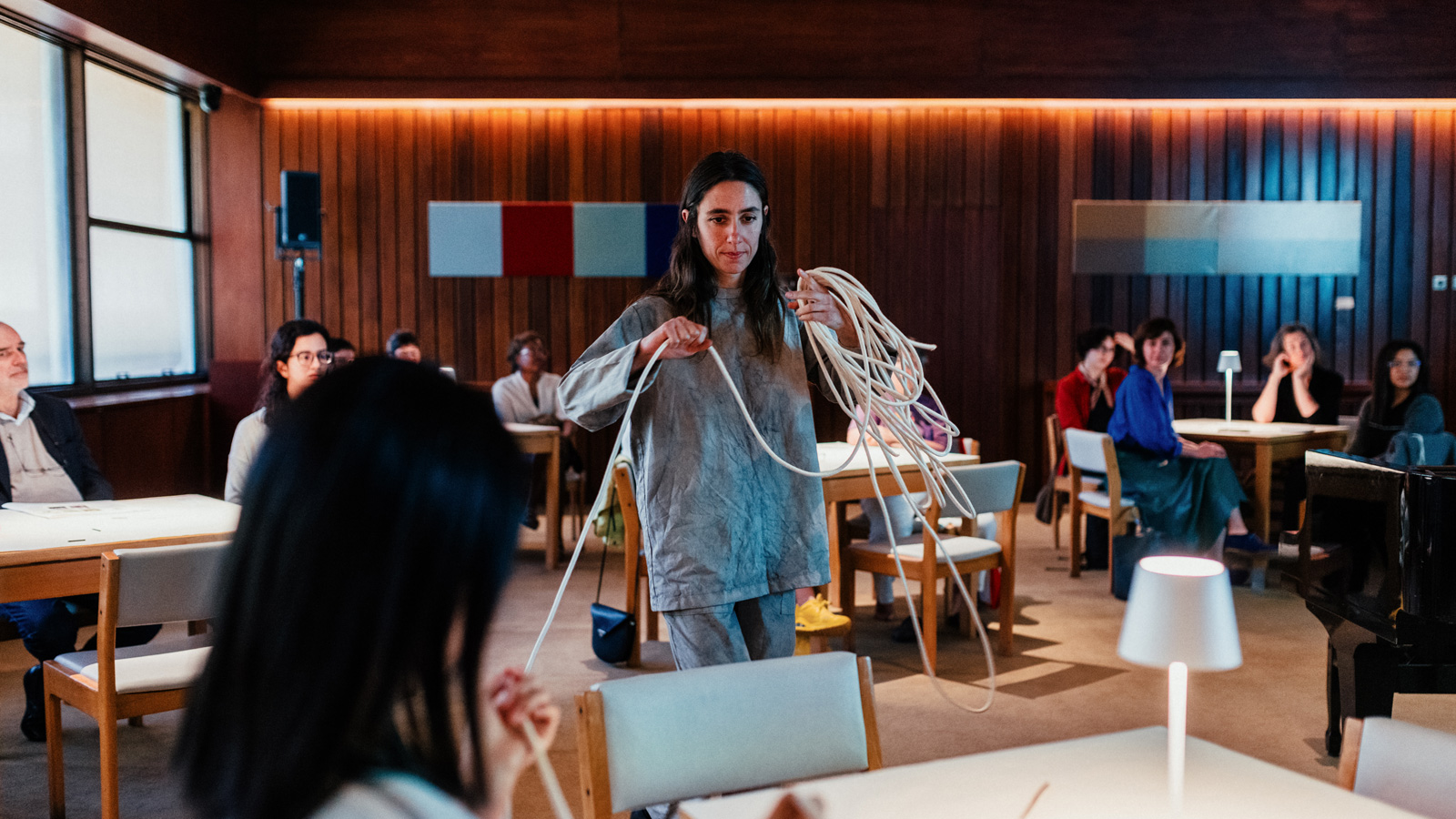
How do you connect your research in areas as diverse as biochemistry, microbiology, ecology, politics and sociology to musical, gastronomic and performance practices?
S: Again, coming back to the acorn, it’s interesting to see just how much it has been forgotten by people, both sociologically and politically. This is something that isn’t just something natural, something that just happens; it often stems from regimes that are implemented and that consciously try to make people forget certain forms of culture; certain ways of relating to the environment. It makes it easier later on to control them, in other words, to distance them from a regime where they lived with the forest and what the forest gave them.
And the acorn, we have to see it as a complete superfood, it contains all the essential amino acids; a source of protein and carbohydrates. And it could replace annual grains, which are the nutritional basis of the modern diet, based on monocultures that require the destruction of forests to provide us with food. Almost all our contemporary food is made from annual plants, in other words, the soil is turned industrially, with tractors, with heavy machinery, fossil fuels, to provide the food we need every year; and this is increasingly destroying entire ecosystems.
As for the acorn, we should be able to live with it as the basis of our diet, alongside other fruits, a variety of foods that come from forest systems or from an agroforestry system, that complements those systems, with varied production, which is what we are trying to implement in Landra. We now have an agroforestry system in development.
It’s even seen in books like ‘Manual de cocina bellotera’, that there have been certain regimes that have tried to erase these cultures, both in Franco’s fascist regime in Spain, and in Salazar’s Portugal, and even earlier, when schoolchildren were told that acorns are for animals; not for humans, and that civilised people don’t eat acorns, all in connection with wheat campaigns.
Then, of course, when people already feel ashamed of their own cultures and distance themselves from them, increasingly moving closer to a monetary system and a system where we need to have a job for which we are remunerated to then go and buy something to provide sustenance, instead of living alongside that sustenance from the outset and only having money as a surplus, not something we need to survive, having already established our own independence as beings in the environment.
R: This critical reading of history that we always strive for in our research and creation processes, when we are working on new works, cannot exist alone and disconnected from all the narratives of ecology, from the most complex disciplines of science, especially living science, as well as geology, because all these things are clearly interlinked.
It isn’t always entirely obvious how these things interlink, and our job often involves clarifying those connections. When Sara talks about the process of enforced forgetting of a culture and that culture being replaced with another, to serve economic principles, none of it is unrelated to ecological degradation; nor is it entirely free of responsibility when it comes to the degradation of water cycles, for example, people’s need to potentially make use of market logistics in order to get what was once guaranteed or to find the quality that was once common across all layers of society; now we have to pay to get that quality.
Much of what we do uses microbiology to show how forests regenerate or deteriorate; so that we can talk, for example, about the carbon policy – how much is captured, how much is emitted, how much is incorporated by different ecosystems that are more or less biodiverse, more or less resilient. Then, of course, food lies at the heart of all this, increasingly so, and we talk about these things clearly, in sensory terms. Of course, using their senses, people feel and understand the narratives we are building to explain all these problems that, in most cases, are seen as things not to be messed with. And that couldn’t be further from the truth.
S: Yes, the performance we presented at the Gulbenkian Foundation – ‘A Emergência da Instituição’ [The Emergency of the Institution] – was based on an earlier piece called ‘A Grande Sucessão’ [The Great Succession], which basically describes the evolution of earth’s biomes; how they have been progressing since the dawn of the universe, the formation of the earth, ancient forests.
Through our microscopic analysis, we have been able to identify the pathways of life, ranging from the earliest minerals, from the start of life where the first bacteria start to appear, to the advancement of various trophic levels on earth, from protozoa and nematodes to hugely diverse fungi with very specific connections to trees and a vast intelligence network for capturing nutrients, water, that transference, to carbon capture itself, which is increasingly effective in the most resilient ecosystems.
R: Yes, we often draw parallels too, because it can all converge in unexpected ways, sometimes in spirals, where discourse allows these parallels to come and go, sometimes on different scales, related to a greater or lesser degree, but we only discover that this relationship exists when we are travelling those paths.
Parallels are often made with systems on other scales, for example, systems of human, socio-economic or political organisation, based on biology and phytosociology, for example: how do plants get along with one another? How do they get along together, collaborating and deciding which one is going to do what? With which does each subsystem of roots connect? Which is favoured? What are the priorities? These systems of decision-making and coexistence and sharing, sometimes competing for resources, is not at all separate or different from our own systems.
At different times, places and scales of complexity, there is always something that has already been invented on another scale, already existed or still exists, evolves, and that is another of our specialities. We can describe it as the development of narratives and of philosophical discourse, based on things that are not necessarily human, but which could be, and within that great mixture of interconnected and related things, we always find something that can act as a model or lesson; something we can do to change our way of doing things.
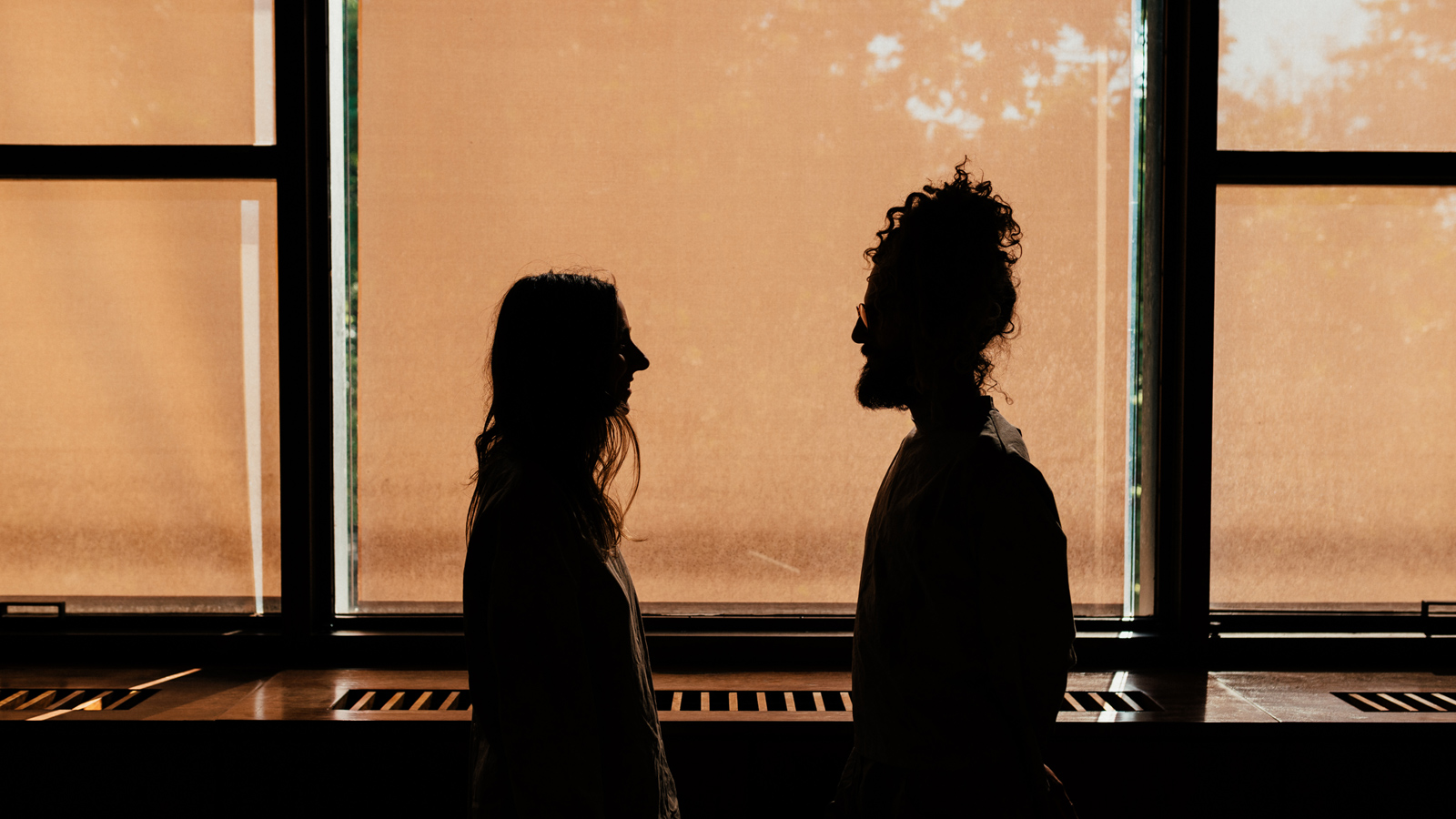
What obstacles have you found to change in cultural institutions in Portugal?
R: From the moment we started working on the piece that Sara mentioned – ‘A Grande Sucessão’ – we began to develop more serious, rigorous thought around systems theory. Systems theory is something that I have studied in depth, but which I never put into practice, either discursively or technically, until recently, with the most recent development of this piece, which was ‘A Emergência da Instituição’ at Gulbenkian. Here we were able to create a system to analyse and interpret institutions along a chronological scale. In other words, we started to pay attention to the first time that something happens, when it happens because it is ‘able to happen’, because the right conditions come together for it to happen, institutionally, then, the affirmation of a form of functioning, of a structure, of an organisational logic.
From the moment something is possible, we try to understand why it wasn’t possible before and what has made it possible now and how this can be a basis for other things, in other orders of complexity, to happen.
We always study this in a similar way – on different scales of analysis – trying to see the similarity and difference; that happens one way or another. This provides a lot of information to help us understand, for example, institutions’ ability to adapt to change, sometimes sudden, or their capacity for creative evolution, even in the absence of extreme conditions that could raise the question of subsistence or the current form of organisation. When we have this information, we often see patterns occurring over the course of history. And we are talking about the history of the universe, which includes phases from millions of years ago when matter wasn’t stable, atoms weren’t possible, and organic molecules didn’t exist.
We incorporate the history of these phases in a linear model to understand how it is that things become possible or cease to be possible, so that we are also able to understand how, within these patterns of events, things are more or less probable. Now, in relation to us, our own society, we are able to predict collapses, we are able to better understand stories of survival and of adaptation, from a personal or family level to the scale of civilisations, societies and whole empires.
We realise that one of the patterns is that scale matters, weight matters and the efficacy inherent in the use of large quantities of energy generally goes hand in hand with the fact that these large, effective and powerful organisations collapse more easily. They are far more fragile in the face of adversity and sudden change. In other words, the great difficulty we see with organisations, not just in Portugal but everywhere, is the inability to transfer energy – which can be in resources, in investments, in structures, in ideas, in projects – but it’s all energy because it is investment in people, material and capital of the masses. All the power of an institution should be more should be more dispersed, more interlinked, rather than centralised.
The great difficulty is identifying the point at which growth becomes highly problematic because it isn’t accompanied by ingenious or sophisticated forms of adaptation to this increase in size, to this amount of energy in relation to the space. To put it another way, when the complexity outside the institution increases to a point where the internal complexity is not able to understand that change, the problems in maintaining it as a cohesive whole become exponential. It is the same in any institution insofar as the complexity, the size, the weight, and the centrality are vital points in terms of the fragility of that entity that wants to be unique and which always has limitations.
S: Also, I think institutions are always shaped by the vision of what society is, how it is currently functioning, both culturally and politically. When that changes, when there are other demands and challenges, there is always an interference with what institutions are or should be and, the bigger they are, the more out of touch they become with the population, or with the people involved in them, or with the places where they exist. I think it can be difficult, because institutions end up getting stuck in the idea of what they are. Sometimes they have a limited vision of what they could be, and there is no imagination of what an institution could transform into in relation to the real challenges and needs of people and today’s world.
R: And we don’t torture ourselves if we aren’t able to find something that makes sense on a larger scale than us. Or rather, I mean to say, collapse is okay. Because after a collapse there’s a lot of matter, a lot of energy, a lot of knowledge that isn’t destroyed and can be recycled. This is one of the tips that we can take from the study of complex systems, principally from the point of view of biology: the recycling of knowledge, of energy, of matter is probably one of the key conditions for life to exist. It isn’t an extra resource, it’s a factor built into the mechanics of life.
When institutions collapse, no matter the scale – it could be on the scale of the human body, a family, social organisations, states or international organisations – there are always resources to be recycled. Recycling makes adaptation happen in a natural and fairly efficient way, when the waste is available for other institutions that are more decentralised, more plural and generally of a smaller scale. And, in our culture, we try to avoid this at all costs. The fear of death is something that is also engrained and what we’re saying is that it’s not as bad as you would think.
S: However, at the moment we’re talking about big global collapses that will bring suffering to lots of people and many ecosystems and which would be unnecessary if things were done differently.
The problem with big collapses is that often the entities that suffer the most, the people that suffer the most, didn’t really contribute to the collapse. They end up facing the consequences of a system in which they themselves live, and in which they often participate, but in which they have no real control over changing.
R: We’ll see who disappears, but it’s likely that this way of working, thinking, stimulating the economy, energy, people, matter and capital around the globe, won’t adapt as well as people who do subsistence farming in the tropics, who are supposedly those who will be most affected. There is an adaptability at the smaller scale that is difficult, if not impossible, to apply to more complex scales. This is the difficulty with organisations.
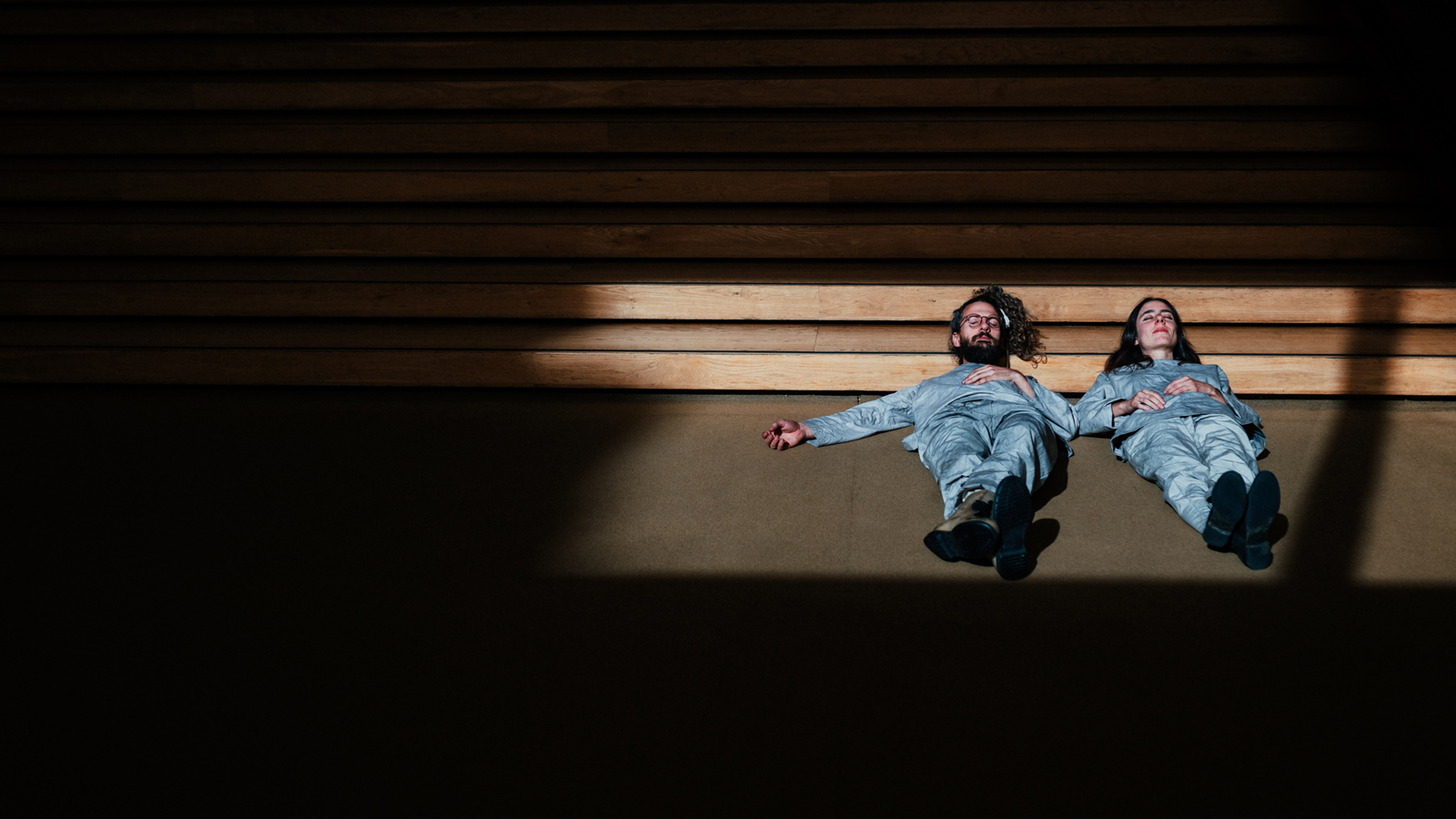
How was the experience organised by the CAM? How do you think the audience reacted to your performance?
S: I think that when you are performing it’s always hard to evaluate the audience’s perception. I also think it’s interesting because, obviously, even within the context of the Gulbenkian Foundation, it’s something that isn’t done very regularly: a performance that involves food, that’s almost a lunch with video, with music.
We used the piano, we opened up the whole toolbox, we did things live, we served the tables. I think there’s a bit of resistance initially, when we serve the first glass of water, people trying to understand what’s going on. When the first food comes out, too, which comes from bacteria – spirulina followed by seaweed – even with a fork there, there is a bit of resistance to trying it.
There were people who told us ‘we didn’t know if we were supposed to eat it. We were waiting for the performance to move on to work out whether there was more food coming or if it was supposed to be eaten at the end.’ It’s interesting to see people’s reactions to this type of performance, which isn’t common, and trying to see how they themselves act in these contexts.
I also think there were various stimuli and that made people alternate between what they were seeing on the screen, with the microscopic analyses, what they were hearing, and what they were trying to taste. But, at the end, after being quite serious and concentrating on the performance, they seemed happy. They thanked us for the experience, because they said it was very immersive and they were able to learn several things within that very multidisciplinary context and, to be honest, it was almost a journey.
R: Yes, a journey, that’s what most people say. And I think that’s also because they only really understand it after half an hour at least, if not an hour, when they realise the components that are involved. At the start, the facial expressions are very serious, or confused, and we can’t read how it’s going for people. After a certain time, they come to feel that they are on that journey, they let themselves be.
But at the start, that’s what happens. Like many things that are so packed with different information, there’s a kind of shock, a confrontation with diversity. It’s kind of hard for us at the start to tell whether people are enjoying it or not. But by the end, as a rule, the reception is always very good.
